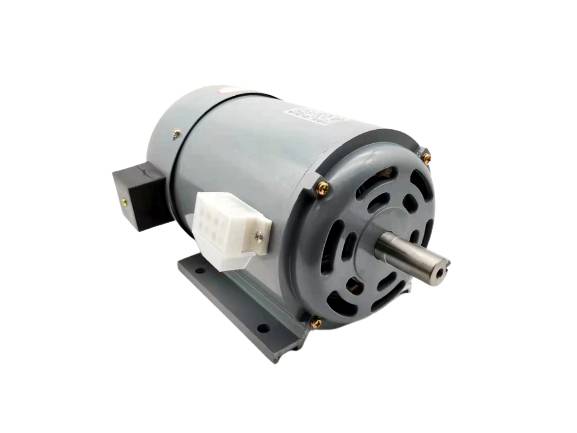

Direct current motor is a kind of motor that can convert direct current energy into mechanical energy. Because of its good speed regulation performance, it has been widely used in electric drive. If according to the excitation mode can be divided into permanent magnet, other excitation and self-excitation3Among them, self-excitation is divided into parallel excitation, string excitation and compound excitation3Seed.
inDirect current motorOn the stator, there will be a static main pole with DC excitationNandSThere is an armature core in the rotor section. The first and last ends of the coil are respectively connected to two circular arc copper sheets, called commutator sheets, and the commutator sheets are insulated between them.

When the armature rotates, the armature coil is connected to the external circuit by the commutator plate and the brush. The main pole of the stator part is to establish the main magnetic field, and the main pole of the vast majority of DC motors is not a magnet, but the field is established by the excitation winding with DC current.
The armature core of the rotor is a part of the main magnetic circuit, and the armature winding of the DC motor is composed of a certain number of armature coils linked according to a certain law, which is a part of the circuit, resulting in induced electromotive force, so as to convert energy. The commutator mainly plays the role of rectification in the DC generator, and plays the role of inverter in the motor.
Senli Motor,19Focus on the development and production of electric motors. Available if needed1688Search factory name "Shengzhou Chaoli Electric Appliance Factory" , Or online consultation message, we will have business personnel to get in touch with you, you can also contact us directly0575-8378-1127.